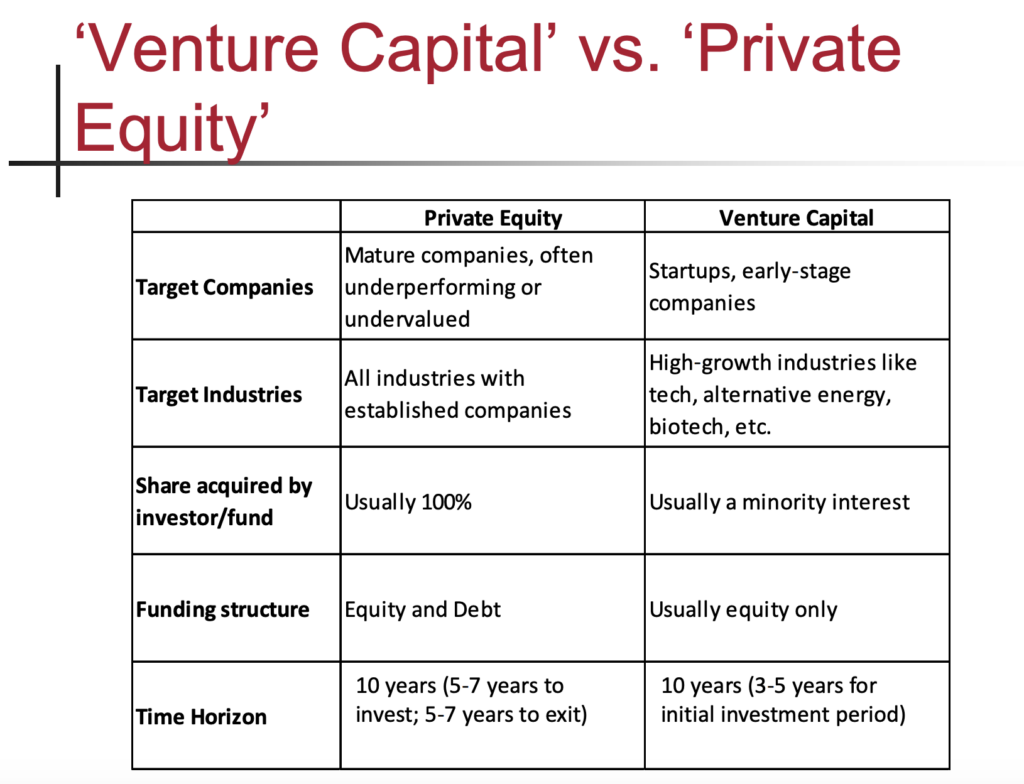
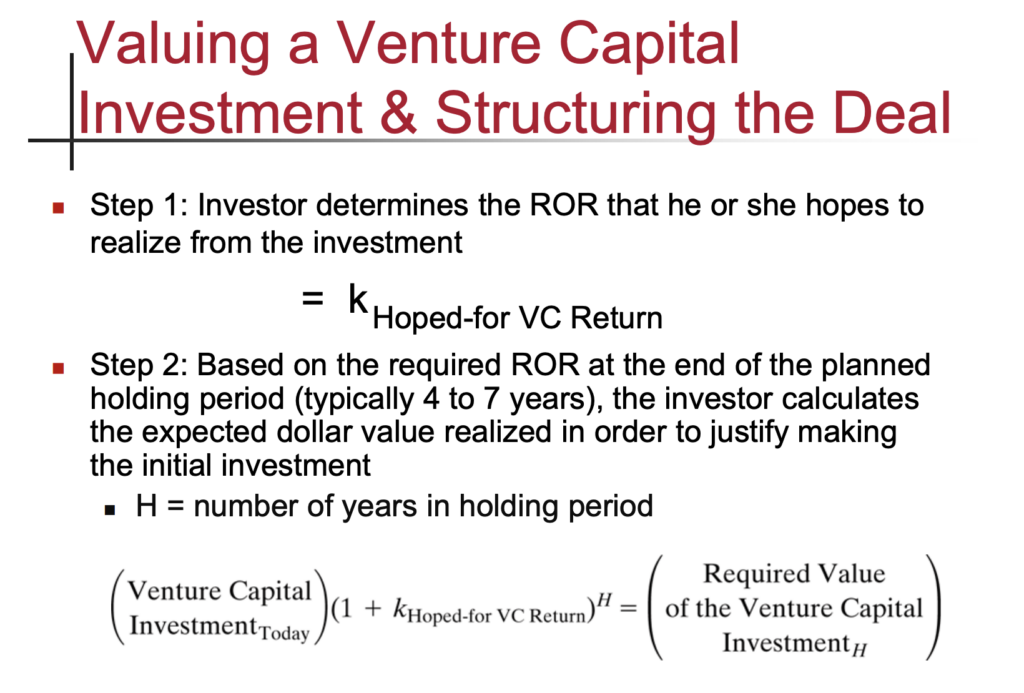
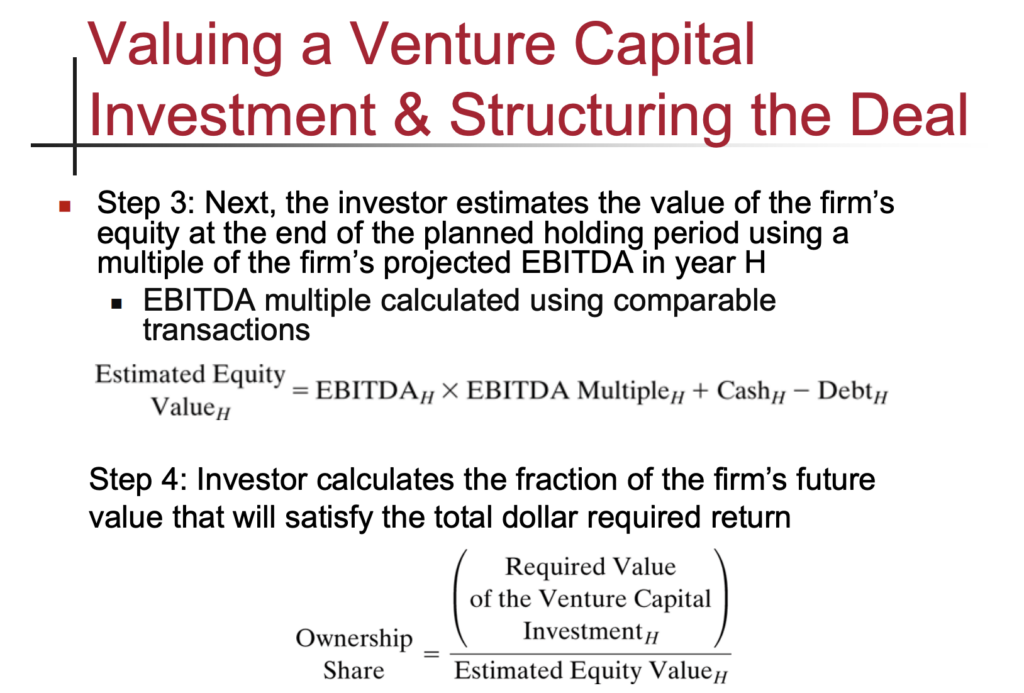
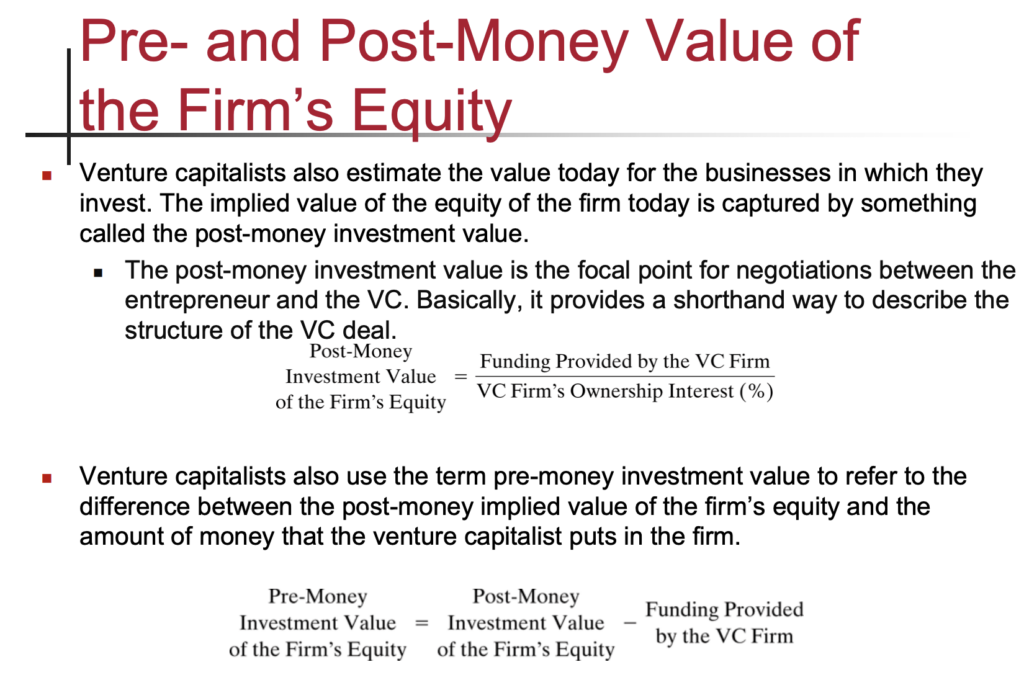
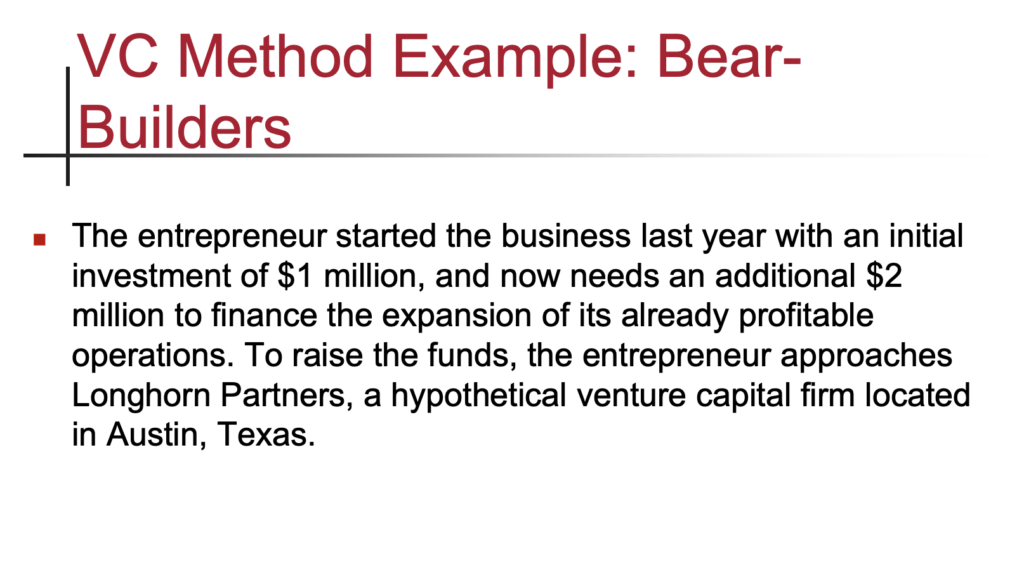
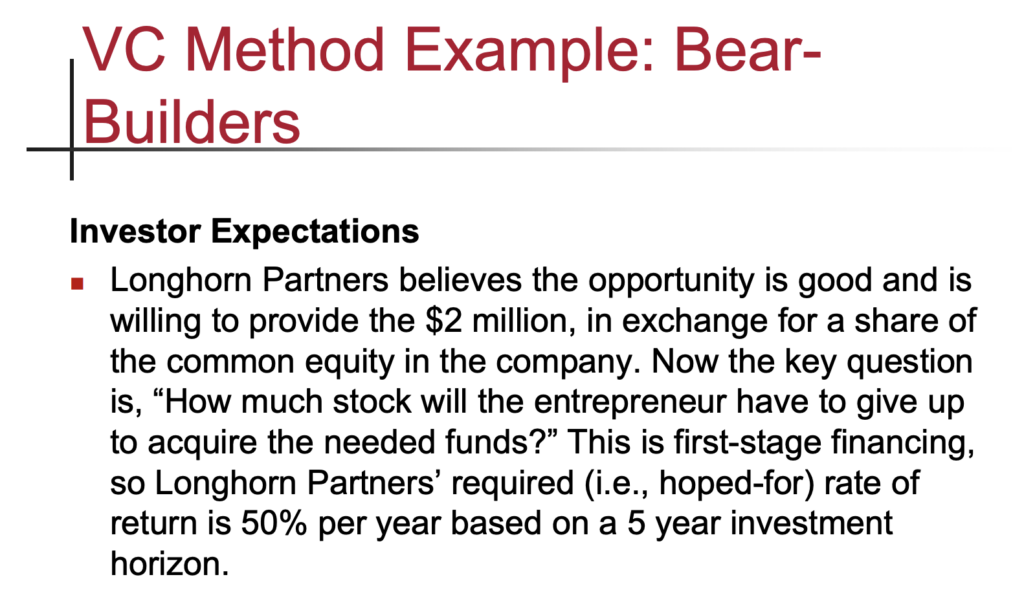
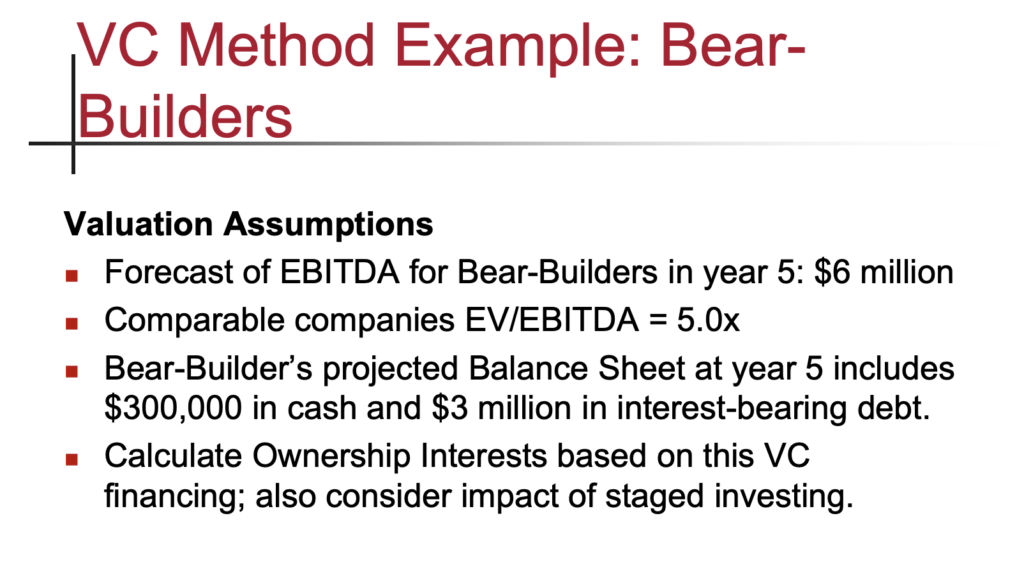
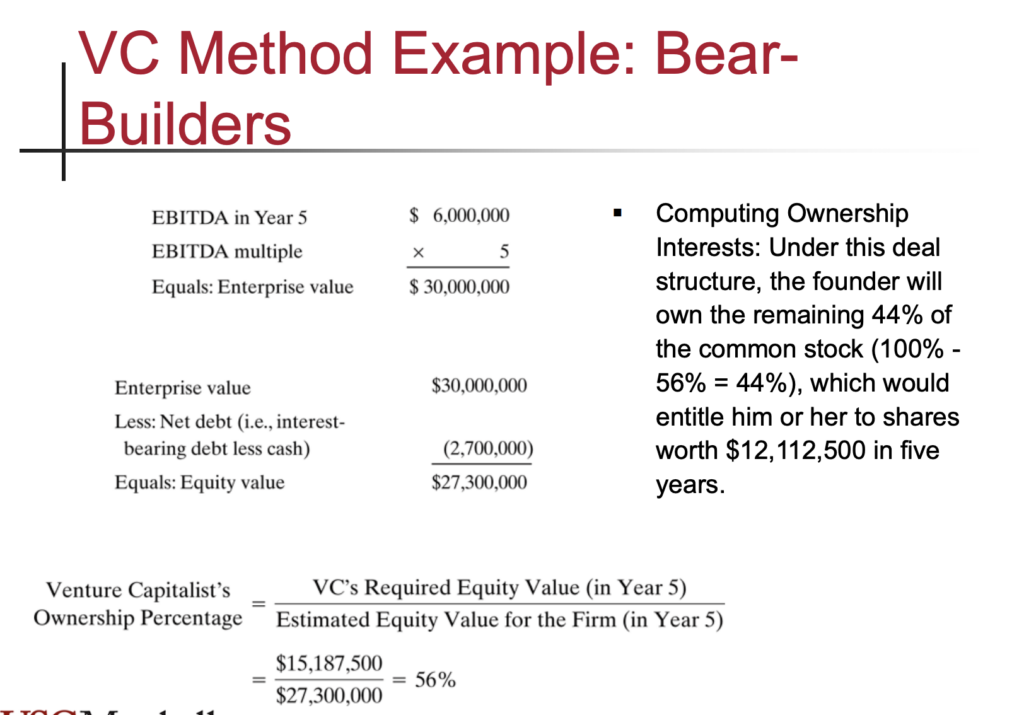
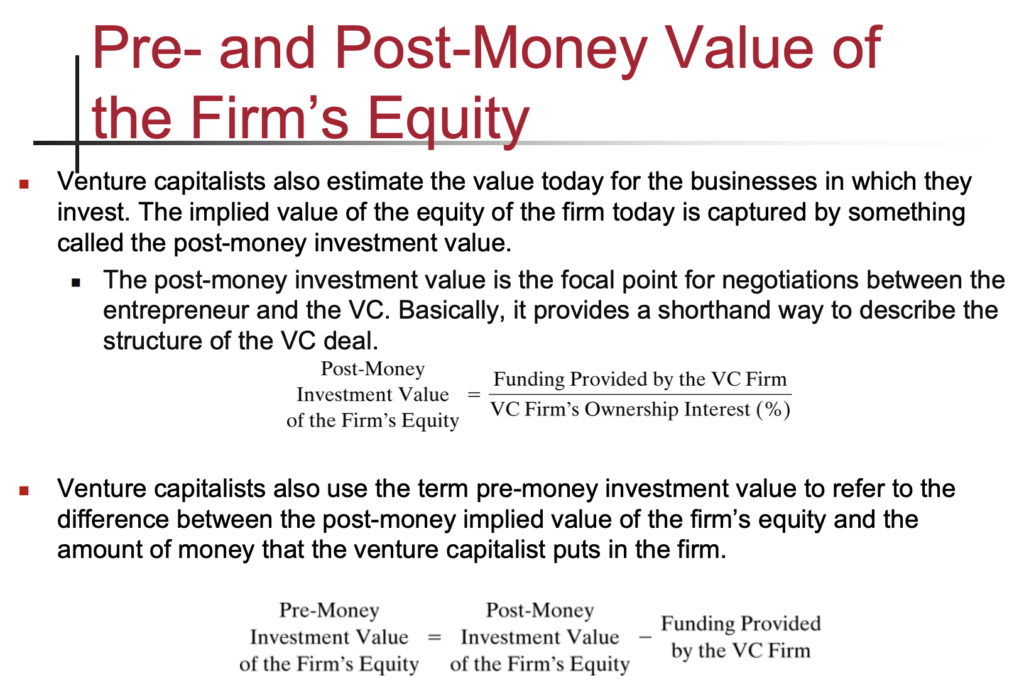
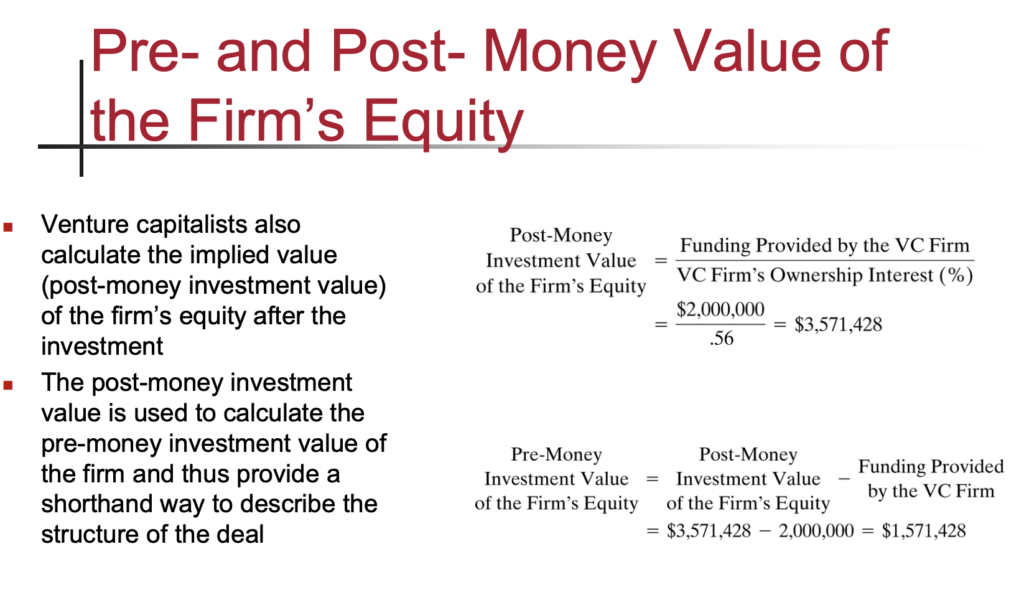

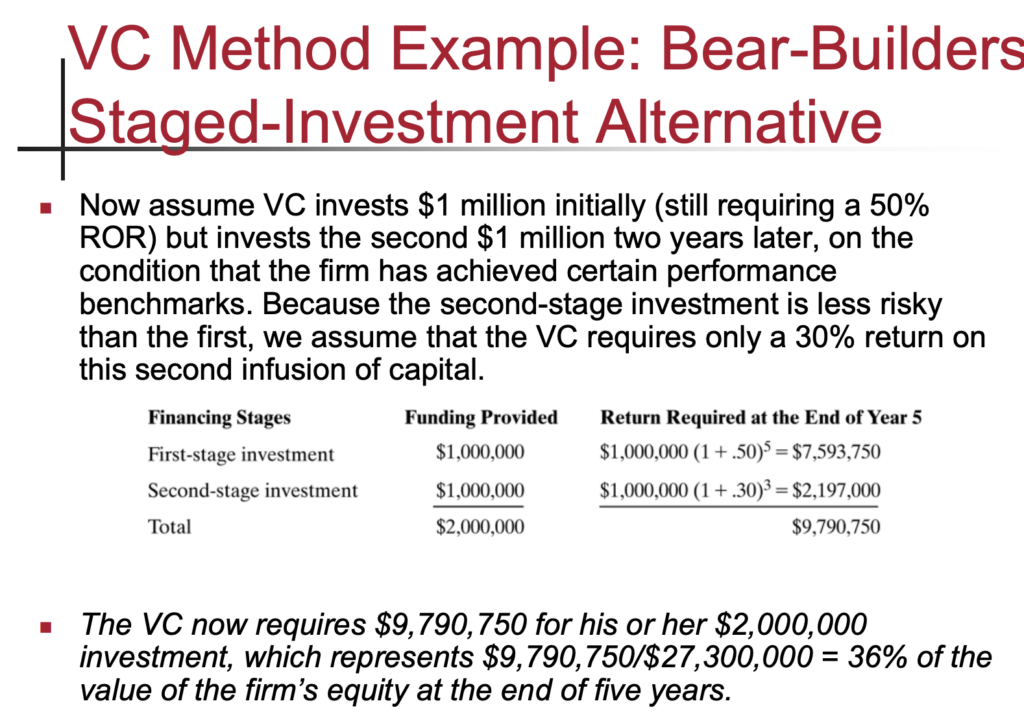

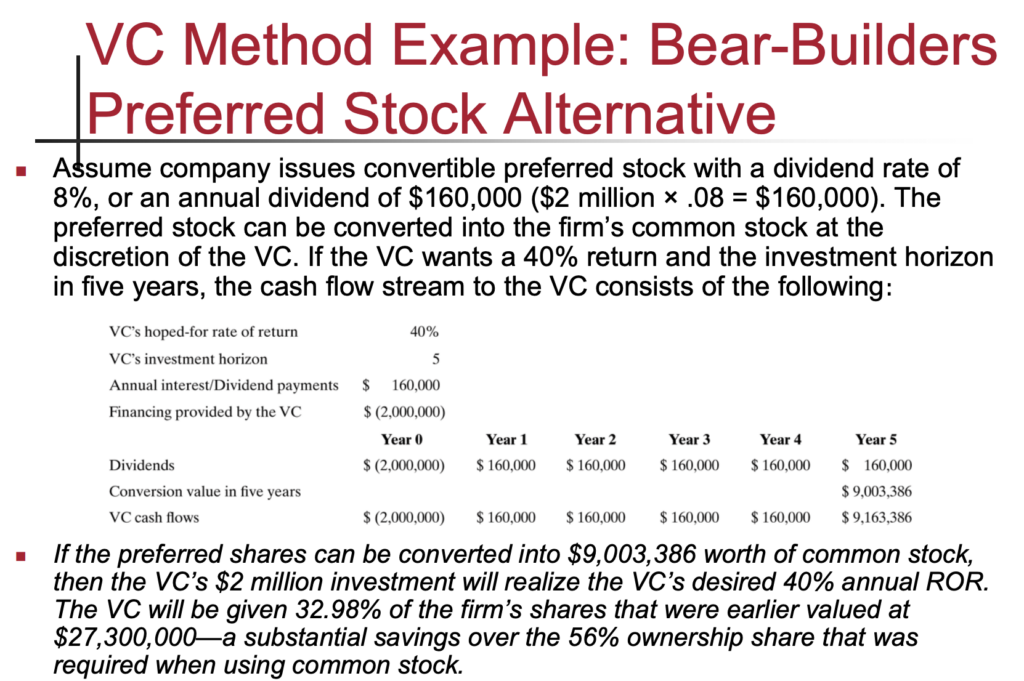
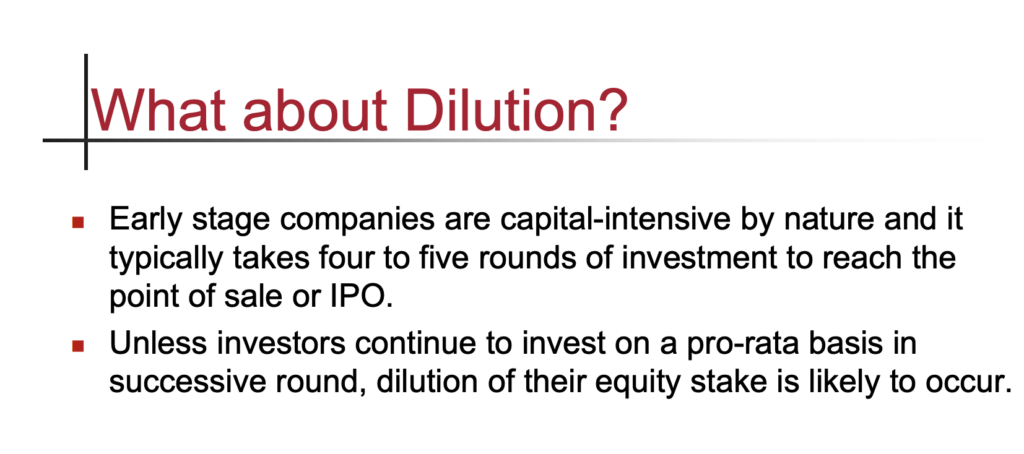

The below is a really nice framework to use when thinking about framing an argument, telling a story, or thinking about your short and long term goals. It can help ensure that arguments are solid, backed by evidence, and are compelling. The next time you need to make an argument, or need to get more clarity around a decision that you need to make.
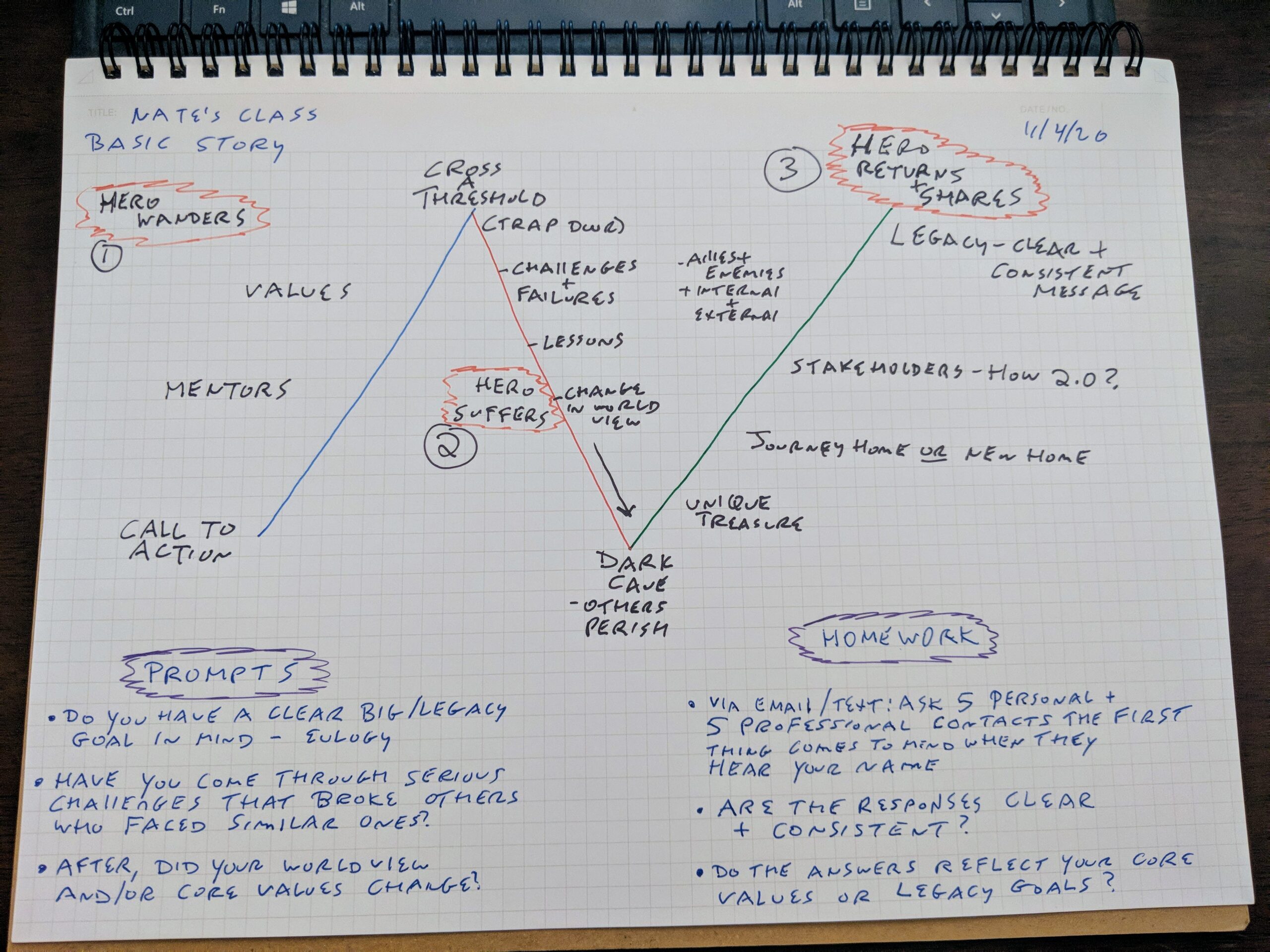
This framework was introduced to us by Damon D’Amore. He’s an executive mentor and advisor to C-Suite executives and select entrepreneurs and public speakers. Here’s a list of his favorite professional development books:
https://damondamore.com/five-favorite-personal-development-books-time/
John has been working in a corporate strategy capacity with SAP for the past 5 years now. Before that, John was a financial analyst for a company that was acquired by SAP. John was working closely on integrating businesses acquired by SAP, which helped him navigate his way into the corporate strategy team there.
Corporate strategy at SAP oversees the corporate development team, as well as the partnerships team, and the portfolio team (that makes decisions pertaining to R&D resources allocation). The corporate strategy function at SAP sets the company targets for the next 5 years, and the break it down by portfolio. Based on the corporate strategy, they then decide (with the rest of the teams):
If none of the above make sense, SAP will re-evaluate their desire to ‘play’ in the space the strategy outlined.
Per John, the typical Corporate Dev. manager will have either a consulting experience, engineering experience, and/or an MBA. John emphasized the necessity of background in tech. Further, John did mention that there are people on his team with product management experience as well, that transitioned into corporate development.
Similar to my interview with Seong, I’ve learnt that it is possible to make the transition from Product to corporate dev/strategy. It’ll take showing that I have experience and aligning my resume/skills with what’s required.
Seong has been working for Chegg in a VP capacity for about 5 years now. I initially contacted him to better understand the world of corporate strategy, with the goal of assessing whether that area is something that I would find interesting. Additionally, I wanted to understand how I could ‘break into’ corporate strategy from my current position as a Product Manager.
Below are some of the key highlights from our conversation:
Per Seong, corporate strategy is defined different in every company. So do the responsibilities of the corporate strategy function in the organization
The corporate strategy function in Chegg sets the vision for the company for the next 5 years. Then, the corporate strategy team ensures alignment across the company of that vision (working closely with leadership and other functions), as well as map the path to accomplish that vision, essentially setting the growth strategy
The corporate development side of the house works on executing the growth strategy set by the corporate strategy team. The corporate development team is responsible for M&A negotiations and the integration of acquired companies with the mothership (Chegg).
After sharing with Seong what I would want to do moving forward as the next step in my career (focusing more on strategic vision rather than on tactical execution), he suggested I focused my attention on corporate strategy (as opposed to development). Seong suggested that M&A procedures get really tactical really fast, and that might not yield the fulfillment I am looking for out of my next role.
Additionally, Seong suggested I try to find spots to shine a brighter light on my strategic accomplishments as a Product Manager (i.e. to prove that I can do the job). He also mentioned the fact that I may be a good addition to a strategy team, as what happens often is that if in the process of an M&A or other activity some product input is necessary, the strategy team has to either rely on other teams (which delays operations), or hire external consultants. Seong believes that might be a good avenue for me to pursue.

A quick reminder.. When identifying a problem, we should ask ourselves: what’s going on here…what’s important… what’s less important.. what’s not really important?

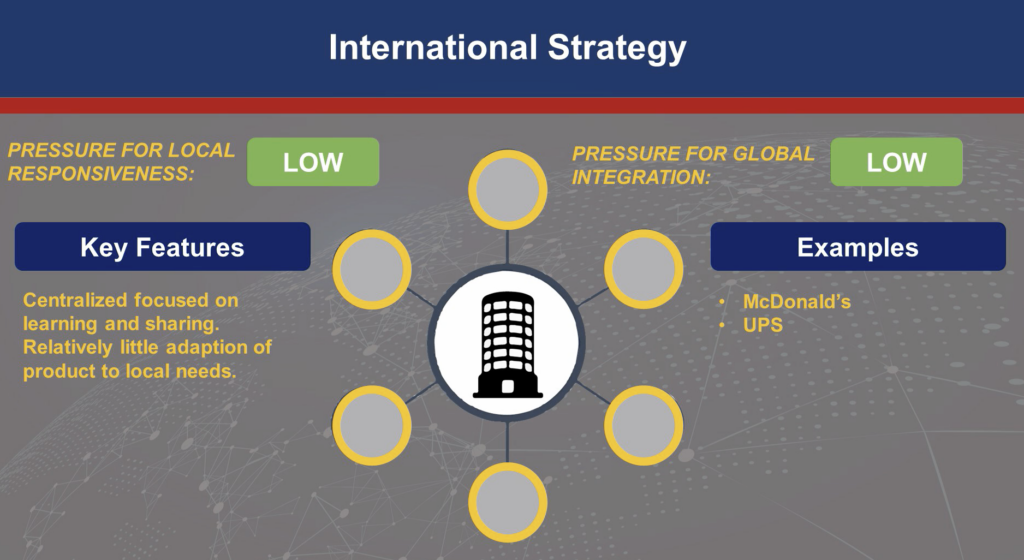

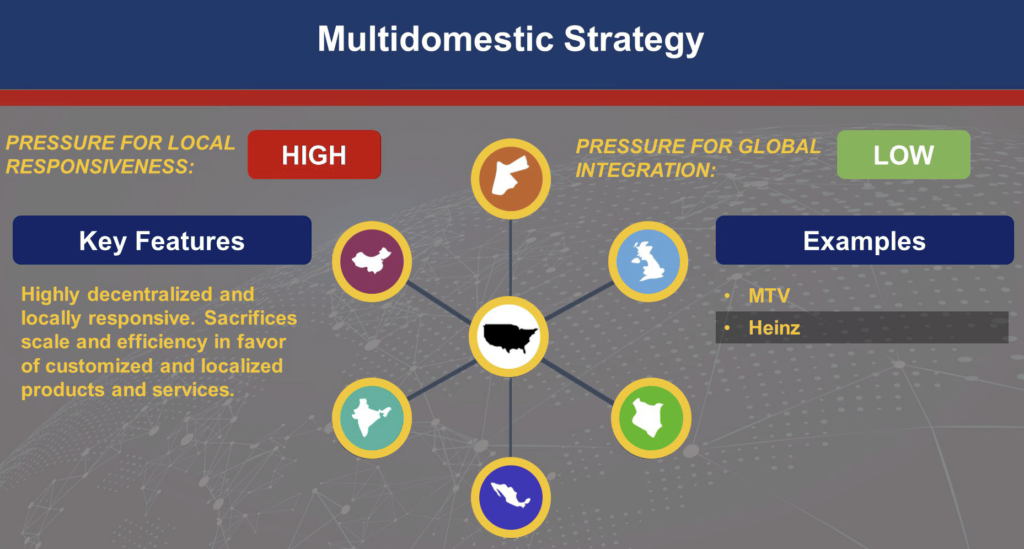
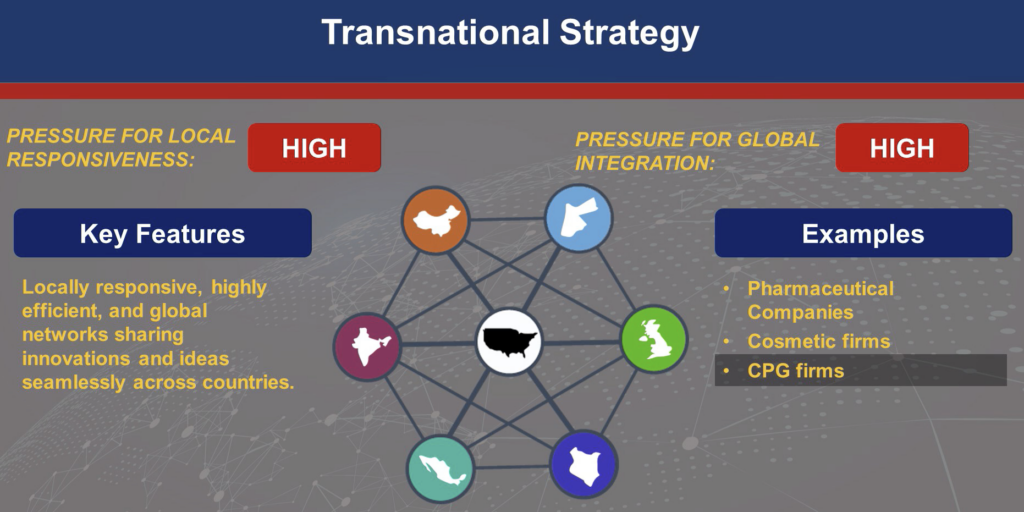

The first question strategists should ask is what is the firm trying to do? What do they want to do? From there, it’s important to identify the key sources of success (BTW – A lower price is not a sustainable competitive advantage.
Copyright By mbatakeaways.com 2020
